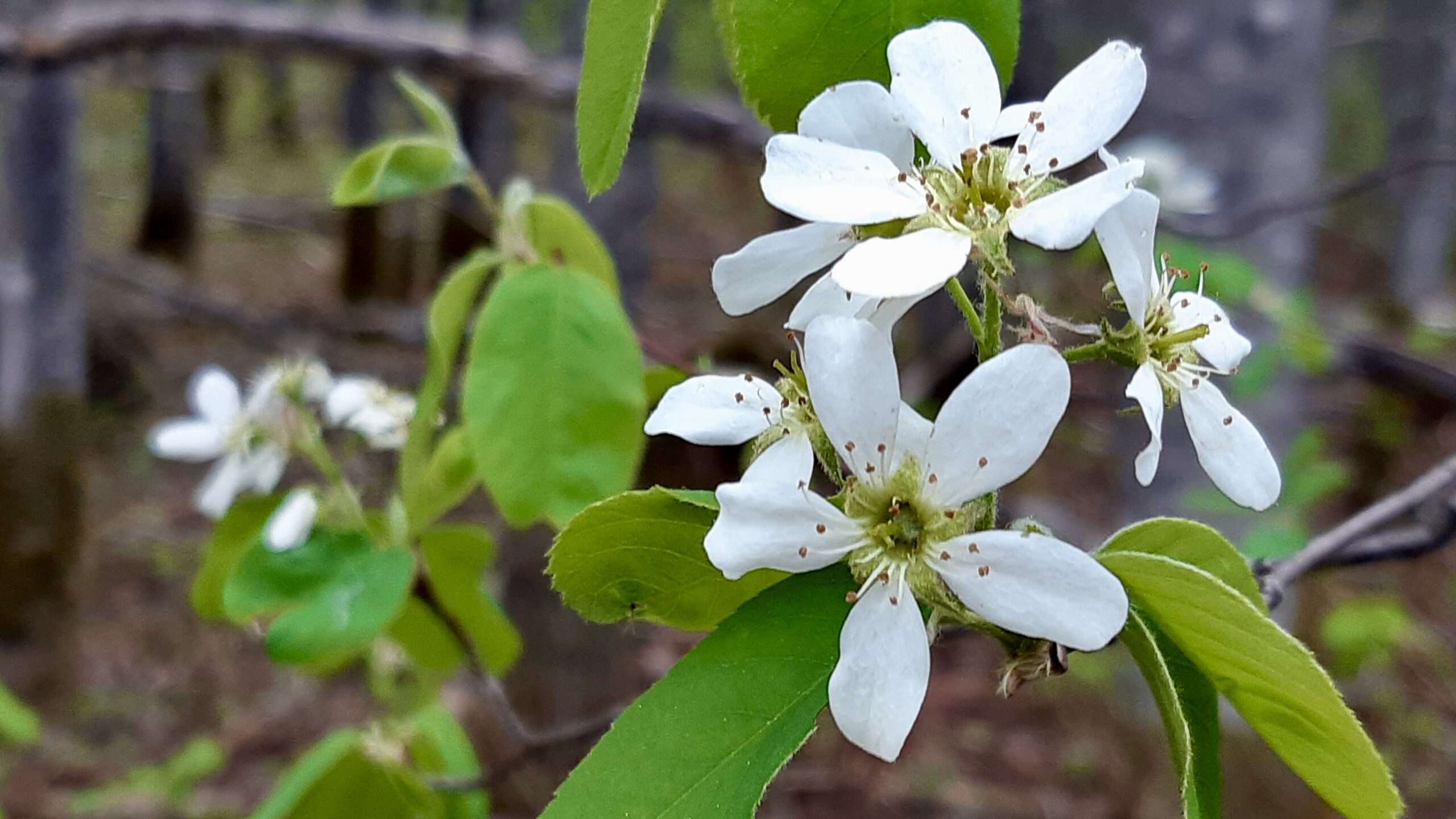From Petal to Plate: The Enduring Art of Indigenous Superfoods in a Changing Climate
In the hushed embrace of the boreal forest, a delicate artistry unfolds as the early white blossoms of the Saskatoon bush (Amelanchier alnifolia) emerge. These resilient petals are more than just a sign of spring; they are a living canvas, painted with generations of stories. For ages, Saskatoon berries have been a vibrant thread in the fabric of communities, a generous gift that sustained life, cradled pollinators, and defiantly thrived in the harsh beauty of northern climates. This year, we are not just adding Saskatoon bushes to our food production project; we are deepening our brushstrokes on the land, strengthening our local food systems, and honoring traditional knowledge through every action.
Across the sprawling landscapes of Northwestern Ontario and Manitoba forests this May, these ethereal white blossoms are a quiet symphony, a profound signal that the boreal growing season has truly begun. These clusters of five-petaled flowers, often found gracing woodland edges and open clearings, are among the first whispers of new life. Known for their innate resilience and profound adaptability, Saskatoon bushes are not only a visual delight but also a vital support for the delicate dance of pollinators, essential to the very art of nature.
The Saskatoon berry, an Indigenous superfood with roots as deep as the land itself, has long been revered by First Nations and Métis communities. Rich in antioxidants, fiber, and essential nutrients, these small purple berries were traditionally woven into pemmican, dried for the long embrace of winter, or savored fresh. As the interest in native food systems and land-based knowledge grows, the Saskatoon bush emerges as a beacon of climate-resilient, low-maintenance sustenance, brimming with cultural significance and sustainable potential. There is a quiet, profound joy in witnessing the first delicate white flowers, a whispered promise of the sweet berries to come, a beautiful bloom gracing the vast, untamed Canadian wilderness.
Integrating these native plants into our project is more than a symbolic gesture; it’s a practical and artistic commitment to increasing food sovereignty, nurturing biodiversity, and investing in long-term resilience against the unpredictable brushstrokes of climate change. With their remarkable ability to thrive in northern soils and challenging climates, Saskatoon berries stand as a wise, community-driven choice for regenerative agriculture and the vibrant future of northern food security.







